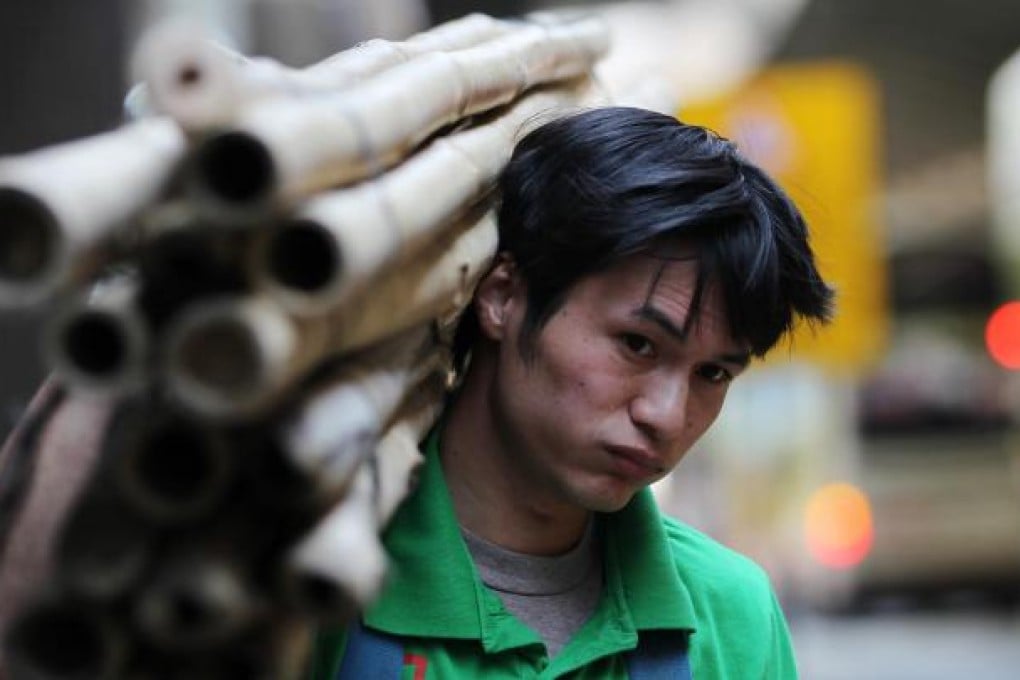Why is Hong Kong last frontier for bamboo scaffolders?
Bamboo scaffolders built Hong Kong, but their work often goes unnoticed. We profile an ancient trade in a precarious position

It takes strength, skill and, most importantly, intellect to be a bamboo artist, erecting intricate webs of sky-high walls and platforms strong enough to hold a legion of construction workers.

But the future of the bamboo business remains precarious, due to a lack of new blood and the diminishing supply of the raw material - which is both cheaper and less destructive than metal alternatives.
But for master scaffolder Li Fuk-yin and his colleagues, Anson Yan and Lau Co-on, it is a profession like no other.
Watching the trio deftly clamber up a bamboo pole to fasten one more attachment to the growing web, one can only wonder how many years of training it took to learn how to build a structure out of bamboo.
"Sky-high bamboo scaffolders in Hong Kong", Video by Hedy Bok